
Certain movies are so intense or disturbing – with graphic violence, shocking content, or complicated plots – that viewers actually leave the theater. Sometimes, it’s the movie itself – maybe it’s too stressful, confusing, or quiet – that drives people away. Other times, misleading advertising or hype can attract the wrong audience. Regardless of the cause, these films have become known for prompting walkouts during the screening.
‘The Exorcist’ (1973)

This horror movie gained a notorious reputation after early viewings caused some people to faint or get sick, leading some theaters to station paramedics nearby. Its realistic depictions of medical procedures and exorcisms were particularly shocking for mainstream audiences then. While the film drew long lines of curious moviegoers in many cities, many couldn’t sit through the entire thing. The resulting controversy actually increased its popularity and made it a huge financial success.
‘A Clockwork Orange’ (1971)

The film initially shocked viewers with its highly stylized violence, set to classical music, causing some to leave screenings. It was even pulled from theaters in the UK for several years due to fears it might inspire similar acts. The film’s portrayal of how behavior is learned also sparked arguments among experts and lawmakers. Despite the controversy, it went on to impact fashion, music videos, and how people think about the influence of media.
‘Salo, or the 120 Days of Sodom’ (1975)

This film, inspired by the work of de Sade, shifts the focus of violence and exploitation from individual acts to the realm of politics. It’s known for causing audiences to leave during its more disturbing scenes. Because of its controversial content, the film faced bans and significant cuts from censors in multiple countries. Even its distribution on home video led to seizures and lengthy legal disputes. Now, it’s often used as a case study in academic discussions about power dynamics and how things are portrayed.
‘Cannibal Holocaust’ (1980)
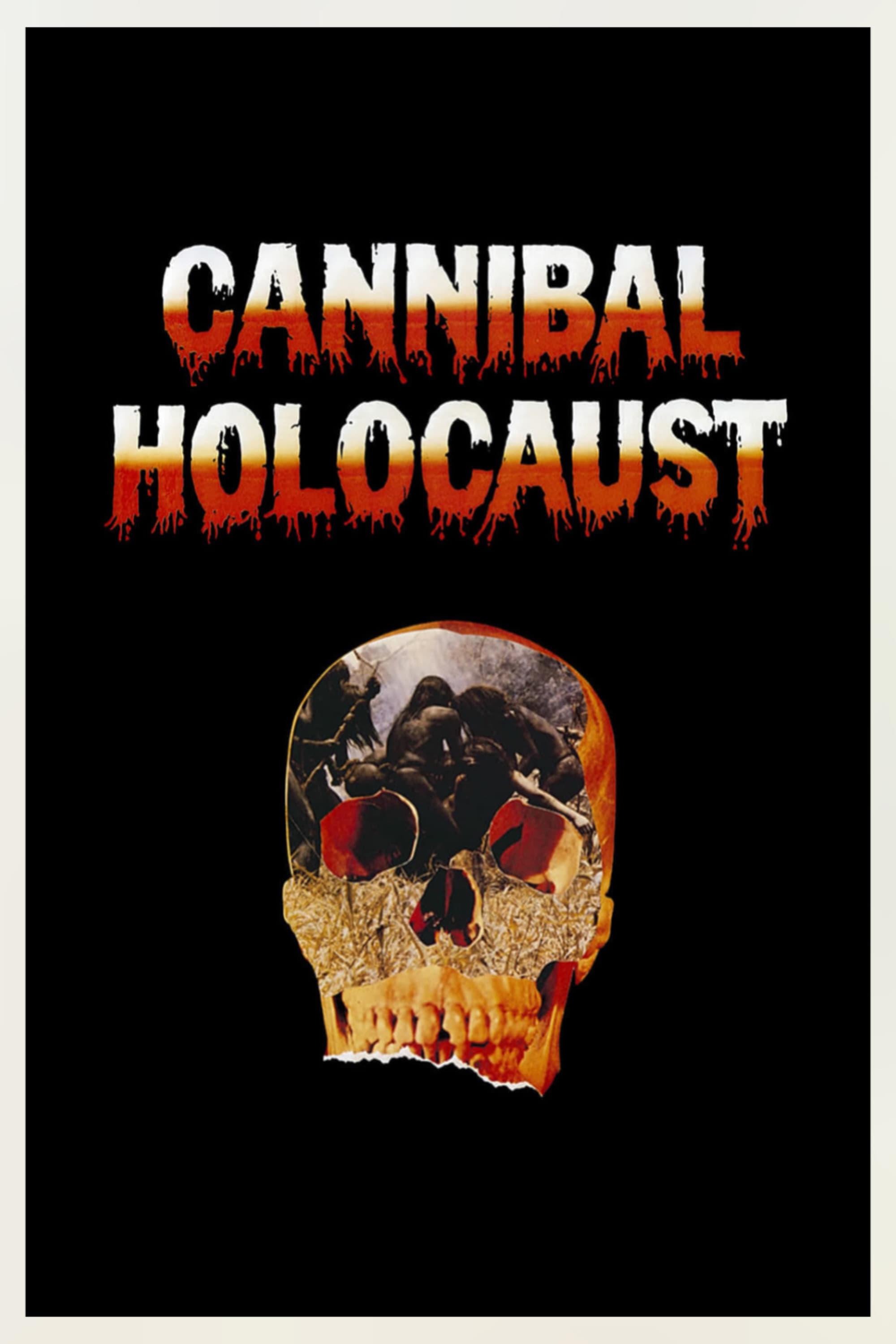
This film, released before “found footage” became popular, caused a huge controversy. Its graphic violence and actual on-screen deaths of animals led to protests and walkouts. Italian police seized the movie and even arrested the director, who had to demonstrate that the actors hadn’t been harmed. Many cinemas wouldn’t show it, and those that did often scheduled late-night screenings with strong warnings. Even today, the film sparks discussions about its ethical boundaries and whether it crossed the line into exploitation.
‘Pink Flamingos’ (1972)
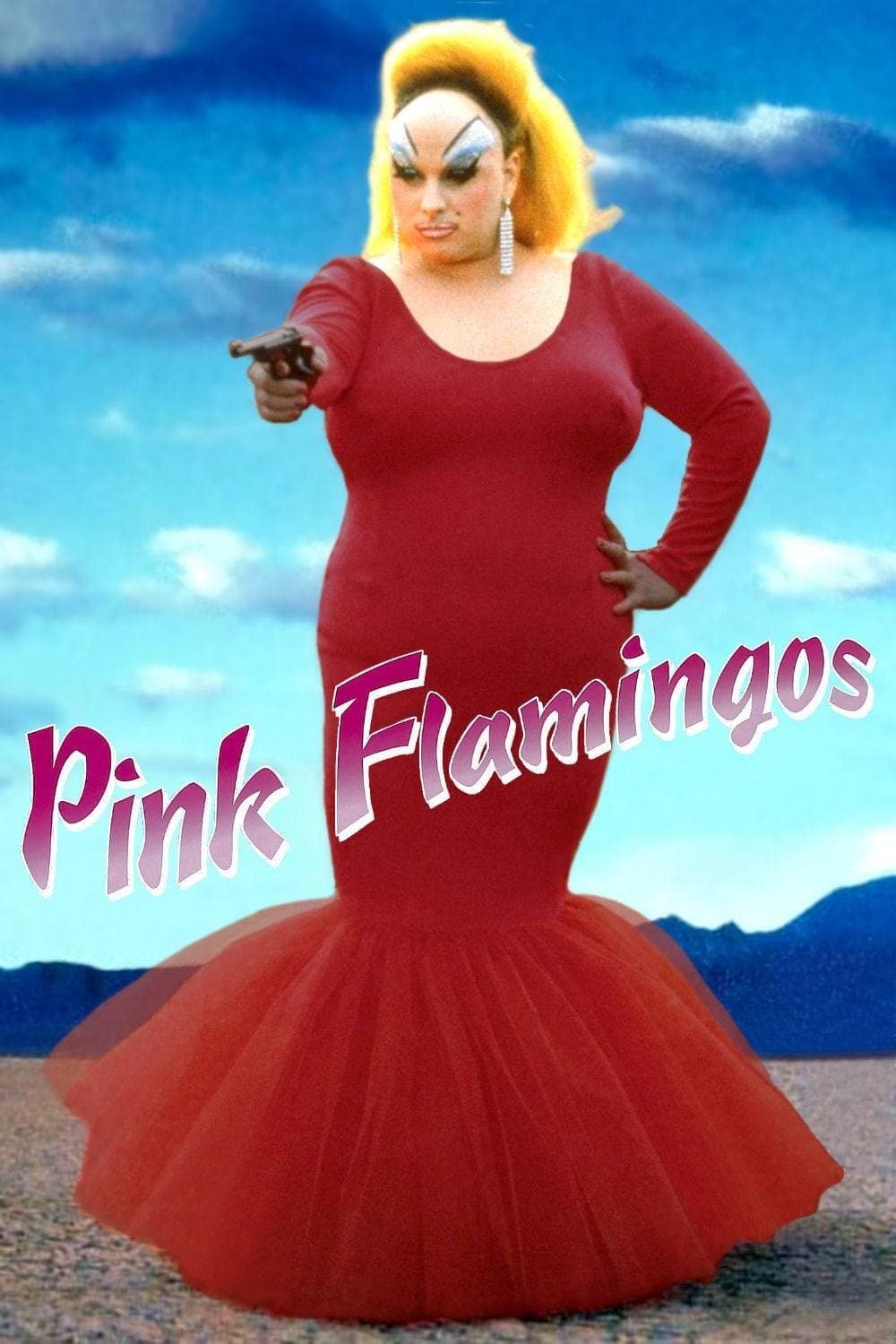
The film initially shocked and divided viewers, with some even walking out during its most intense scenes. However, independent cinemas embraced the controversy, playfully providing barf bags and humorous warnings. Despite ongoing protests, it became a beloved cult classic, frequently screened at special events. Its popularity paved the way for a new generation of edgy, independent comedies.
‘Natural Born Killers’ (1994)
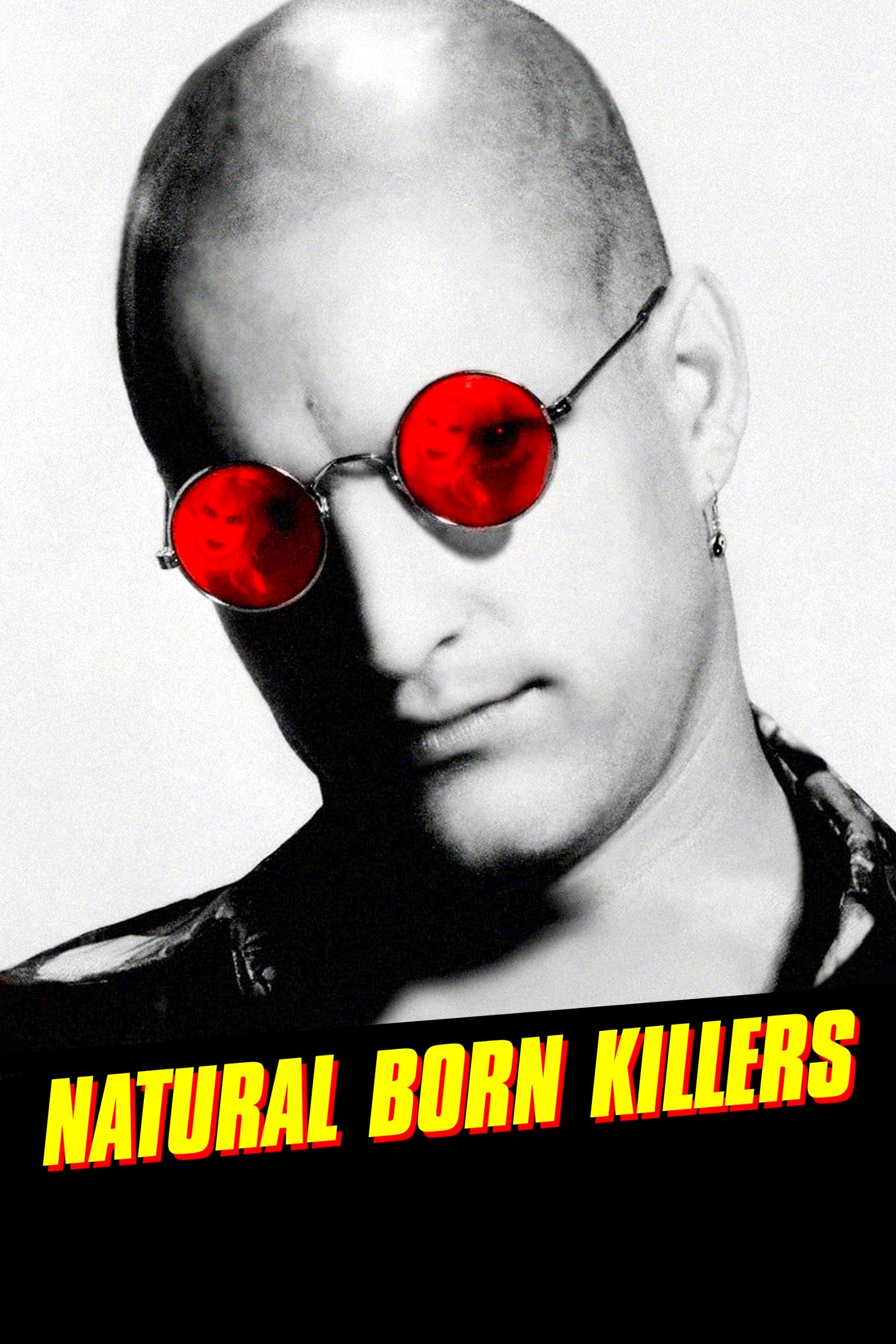
The film’s fast-paced, chaotic editing, combined with its dark humor and violence, caused some viewers to leave theaters quickly. It faced censorship or strict ratings in multiple countries, and sparked discussions in the media about how crime is portrayed. Despite—or perhaps because of—the controversy, the movie’s soundtrack and related TV specials continued to generate attention for a long time after it came out.
‘The Passion of the Christ’ (2004)
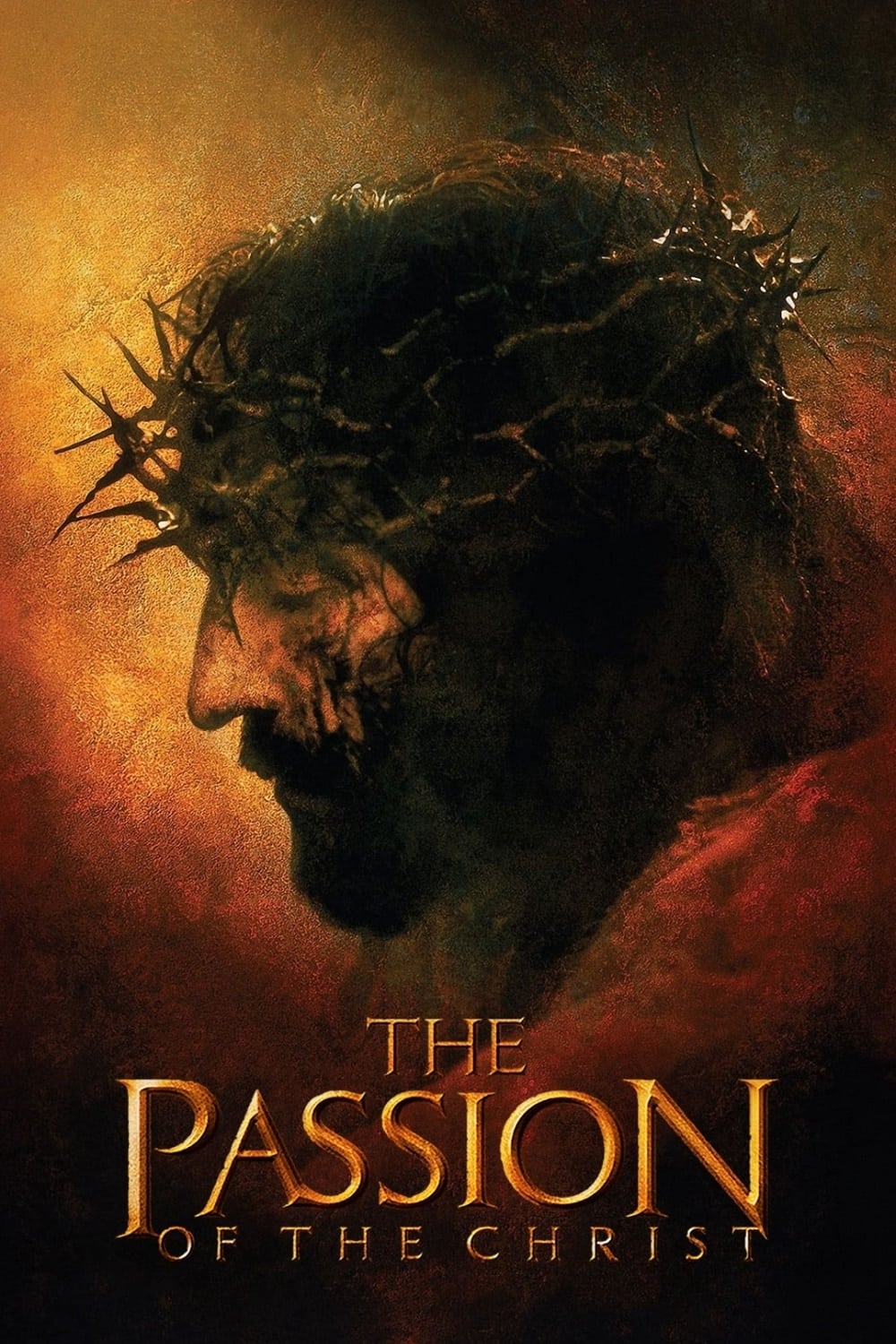
The film’s intense depictions of violence, including scenes of whipping and crucifixion, caused some viewers to walk out during important moments. While religious organizations arranged screenings that packed theaters, the film also sparked protests. Many viewers were also surprised by the use of ancient languages with subtitles, as they anticipated a different presentation. Despite this, the film broke box office records for R-rated movies in several countries.
‘The Texas Chain Saw Massacre’ (1974)
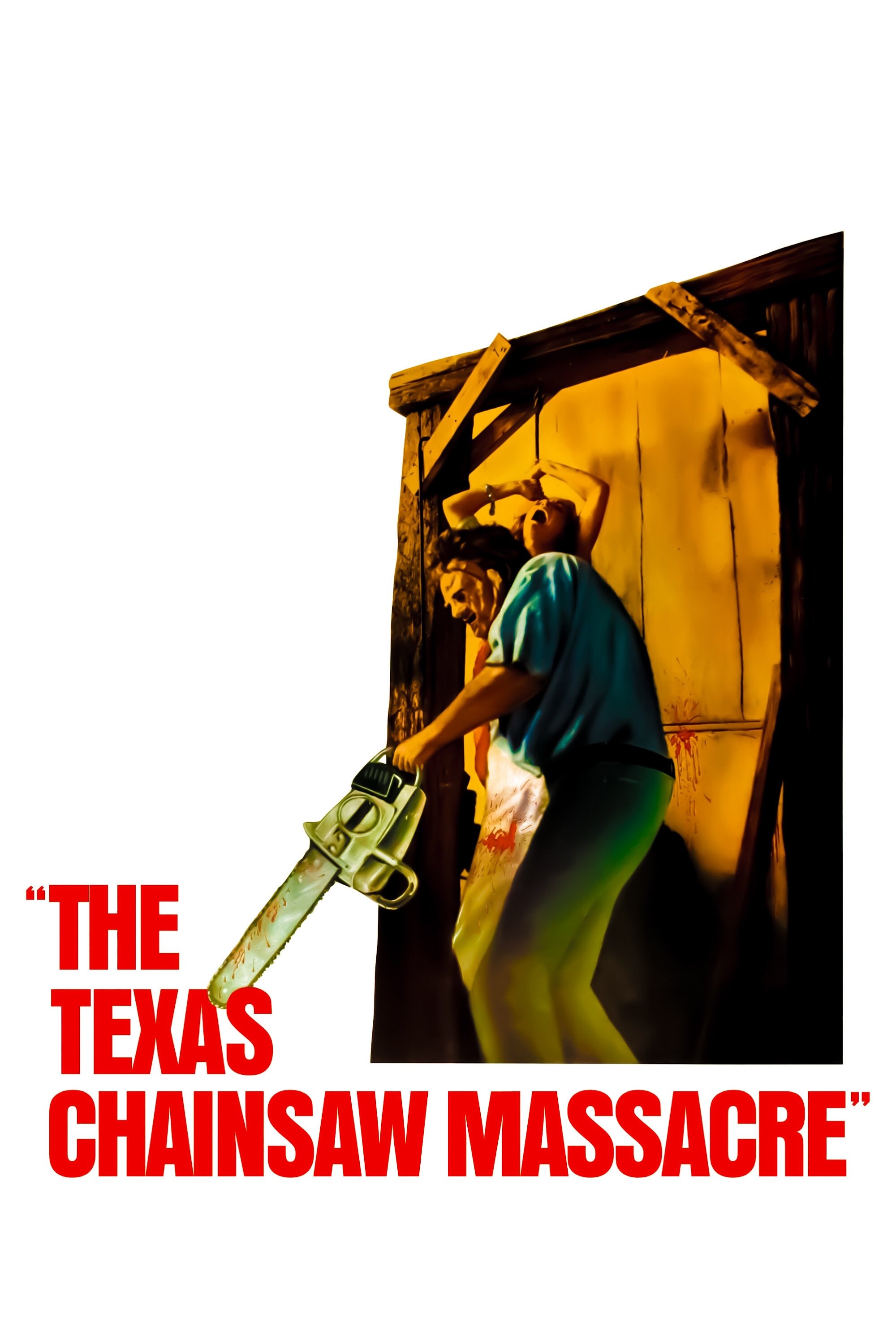
Even though the film didn’t rely on excessive gore, its realistic sound and intense atmosphere were deeply unsettling for audiences, reportedly causing some to leave screenings. Because of its disturbing content, censors heavily edited or banned it in many places, resulting in different versions depending on the region. There are even stories of people walking away from drive-in showings before the movie finished. Despite being made on a shoestring budget, the film’s production techniques became influential for other low-budget horror movies.
‘Irreversible’ (2002)
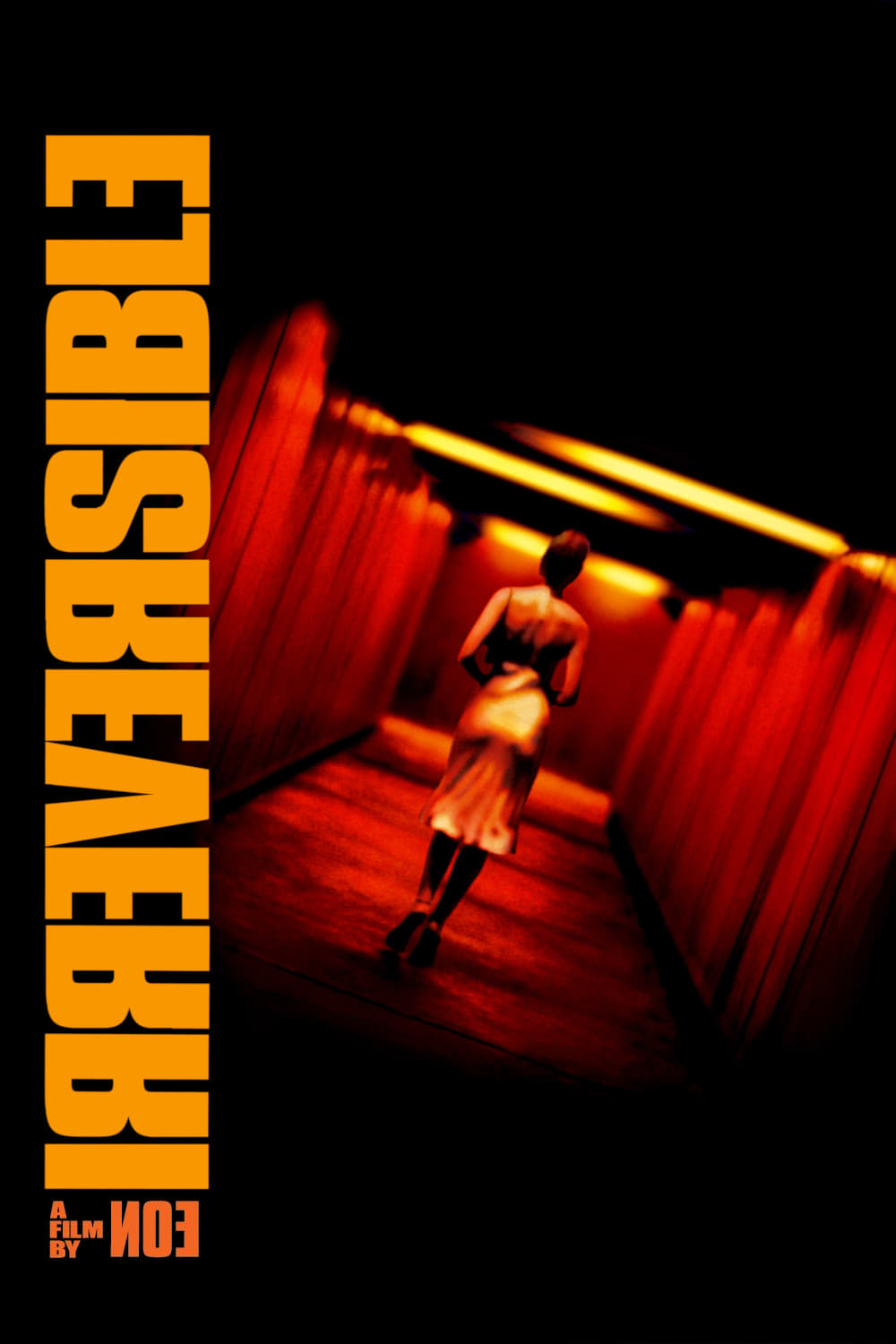
During film festival showings, audiences repeatedly left the theater during a lengthy and intense attack scene that was filmed with very few breaks. The film’s sound design, particularly its use of deep bass, caused physical discomfort for some viewers. The story is told backwards in time, which heightened the impact of the violent scenes. After the film’s debut, conversations focused on its portrayal of consent and representation.
‘Antichrist’ (2009)
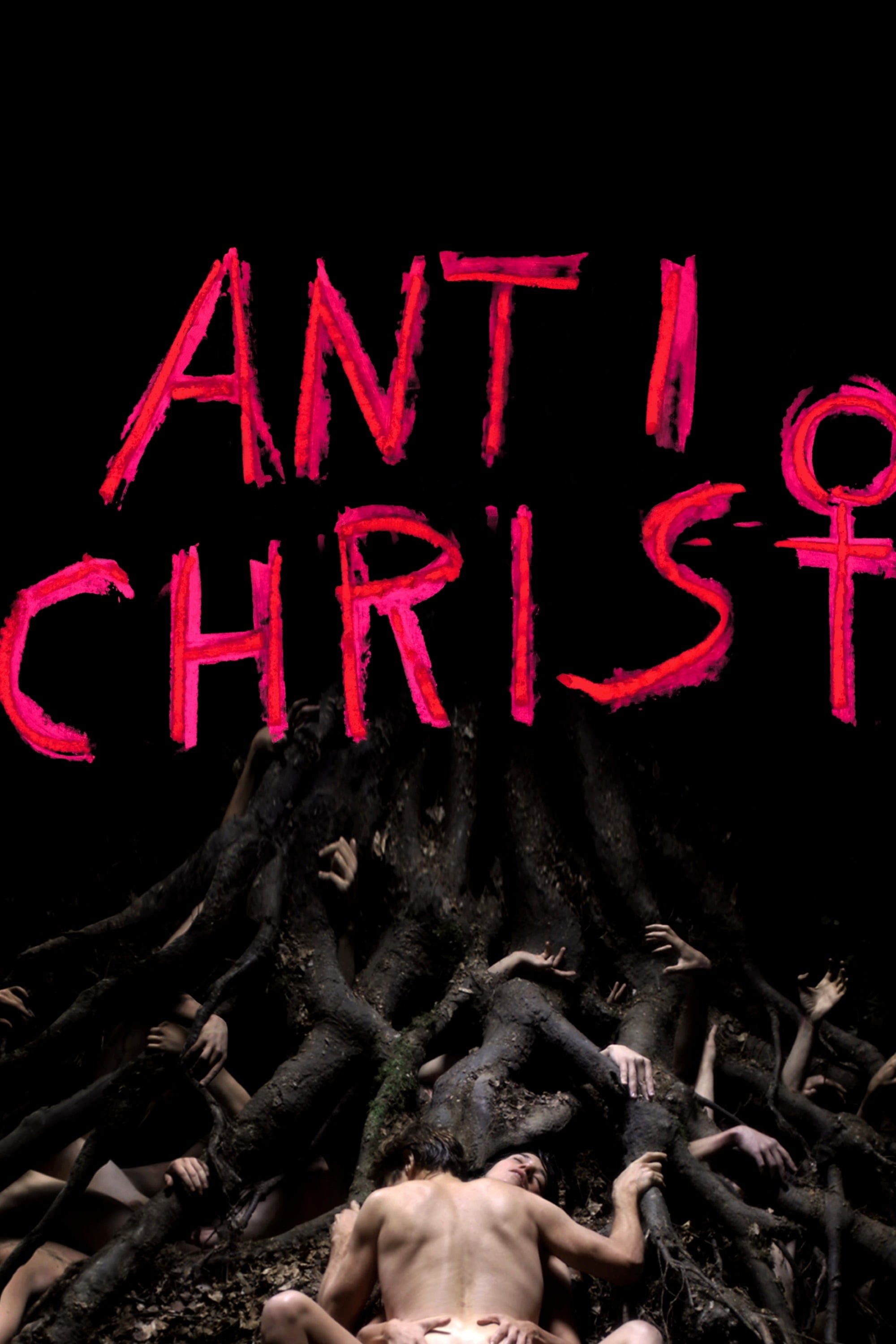
The movie’s combination of intense emotional sadness and graphic horror caused some viewers to leave screenings at film festivals. When it was released in more cities, many independent cinemas added warnings about its disturbing content. Critics disagreed on whether the shocking visuals enhanced the film’s message or were just there to shock. Despite the controversy, the actors received awards at several festivals.
‘A Serbian Film’ (2010)

The film’s graphic depictions of sexual violence led to walkouts during screenings and widespread public criticism. Several film festivals added warnings or cancelled screenings after legal concerns were raised. Some countries showed heavily edited versions, while others wouldn’t allow the film to be shown at all. This sparked a debate about the limits of what content ratings boards should permit.
‘The Human Centipede’ (2009)

The film’s disturbing core idea caused many people to leave once the graphic surgery scenes became apparent. Marketing relied on shocking imagery to attract attention, but this often led to viewers quickly exiting the theater. Some independent cinemas hosted discussions about the special effects after the film. Later sequels explored the same themes and received comparable reactions.
‘The House That Jack Built’ (2018)
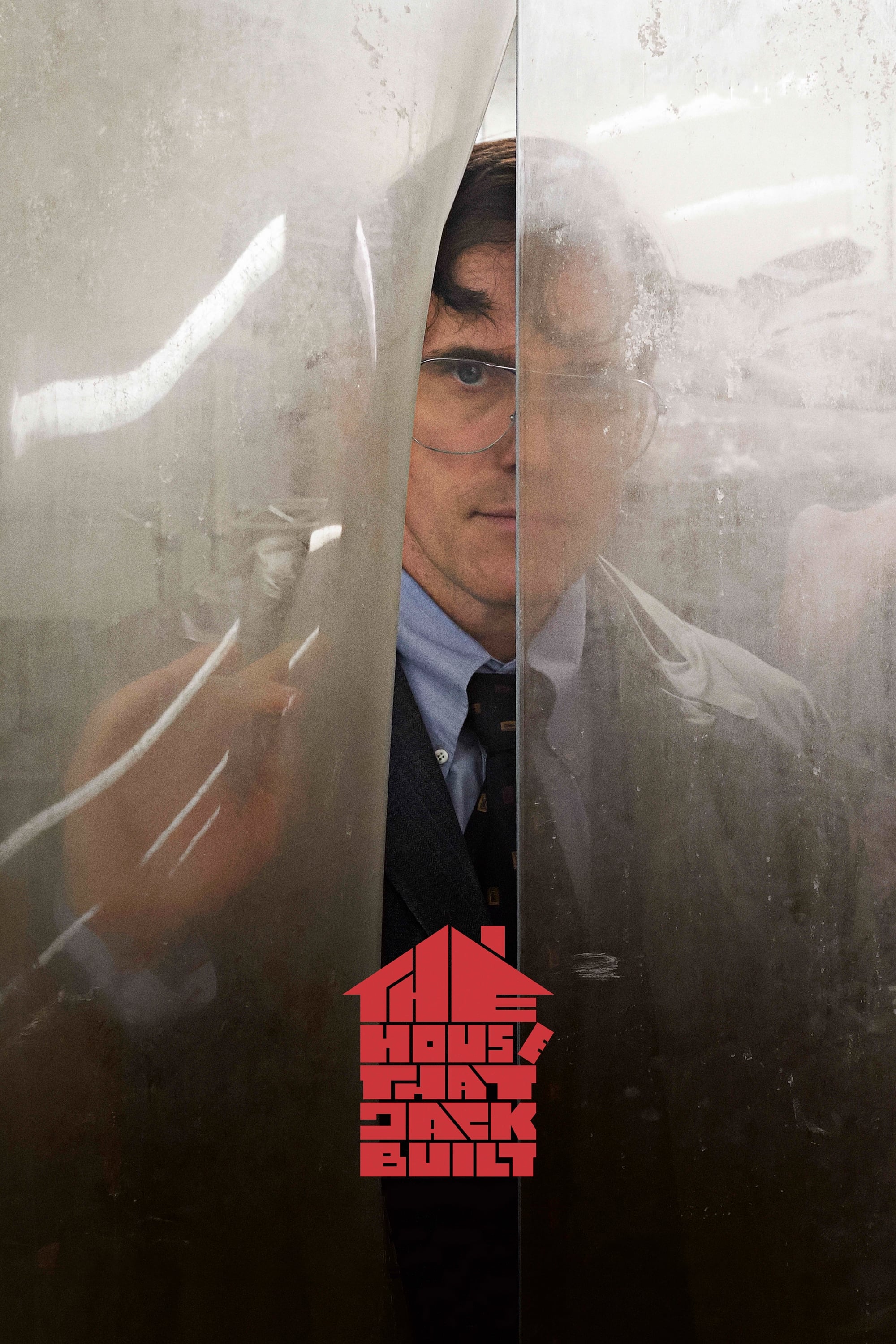
The film premiered at Cannes, but many viewers walked out during particularly harsh scenes. It was released in two versions: a longer, uncut showing and a shorter edit for general release. While the distributor acknowledged the film contained disturbing content, they also promoted its dark humor. This mixed reaction generated significant discussion in both film industry publications and the wider media.
‘Raw’ (2016)
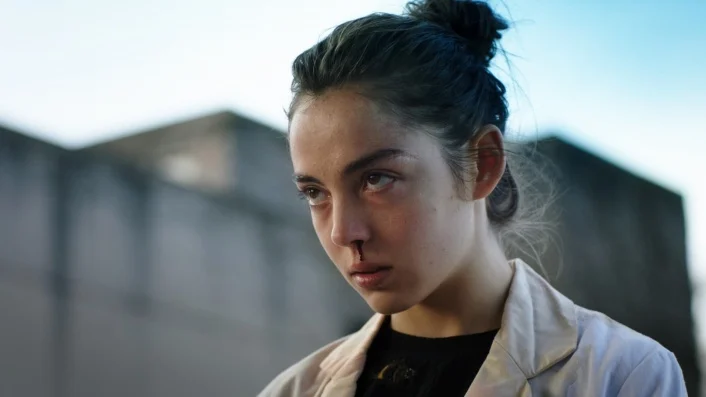
Viewers at film festival screenings experienced fainting and nausea during particularly disturbing scenes involving hazing and cannibalism. Organizers responded by providing medical staff at some locations and warning audiences about the film’s graphic content. Despite this, the film quickly sold out in cities, though some viewers did leave before it ended. It became known for blending a story about growing up with intense horror and gruesome imagery.
‘The Green Inferno’ (2013)
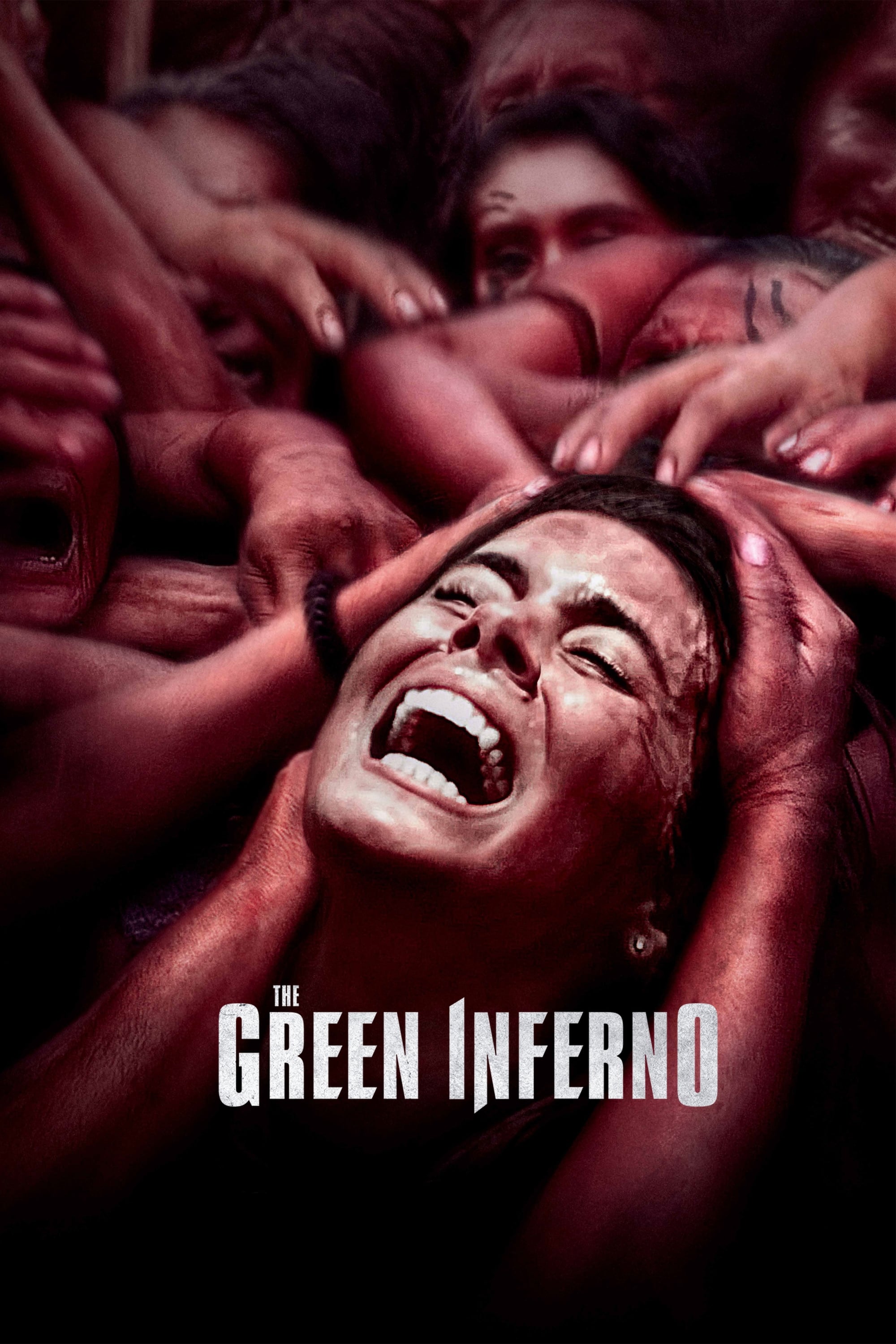
The film’s intense violence and graphic content shocked many early viewers, causing some to leave screenings. After test audiences reacted, the release strategy was altered multiple times, leading to a delayed and complicated theatrical launch. Concerns were also raised by advocacy groups regarding the film’s portrayal of indigenous people, sparking further discussion. To manage expectations, some theaters showed the film late at night and displayed warning cards before screenings.
‘Mother!’ (2017)

The film opened with some audiences walking out, as they expected a straightforward thriller but found a story rich in symbolism instead. It received very negative scores from a major audience polling group. Marketing focused on the film appearing to be a home invasion story, which misled viewers about the broader themes. After seeing the film, many discussions centered around its symbolic meaning and environmental message.
‘Requiem for a Dream’ (2000)

As a movie fan, I heard this film was intense. Apparently, the way it showed addiction was really raw and didn’t pull any punches, and some people actually walked out during the ending. The first version was so strong it got an adults-only rating, and a lot of cinemas showed it without any cuts. It was even used by health groups to teach people about addiction, though they warned it was pretty upsetting. When it came out on DVD and streaming, they made sure to include warnings because it’s definitely not for the faint of heart.
‘The Tree of Life’ (2011)
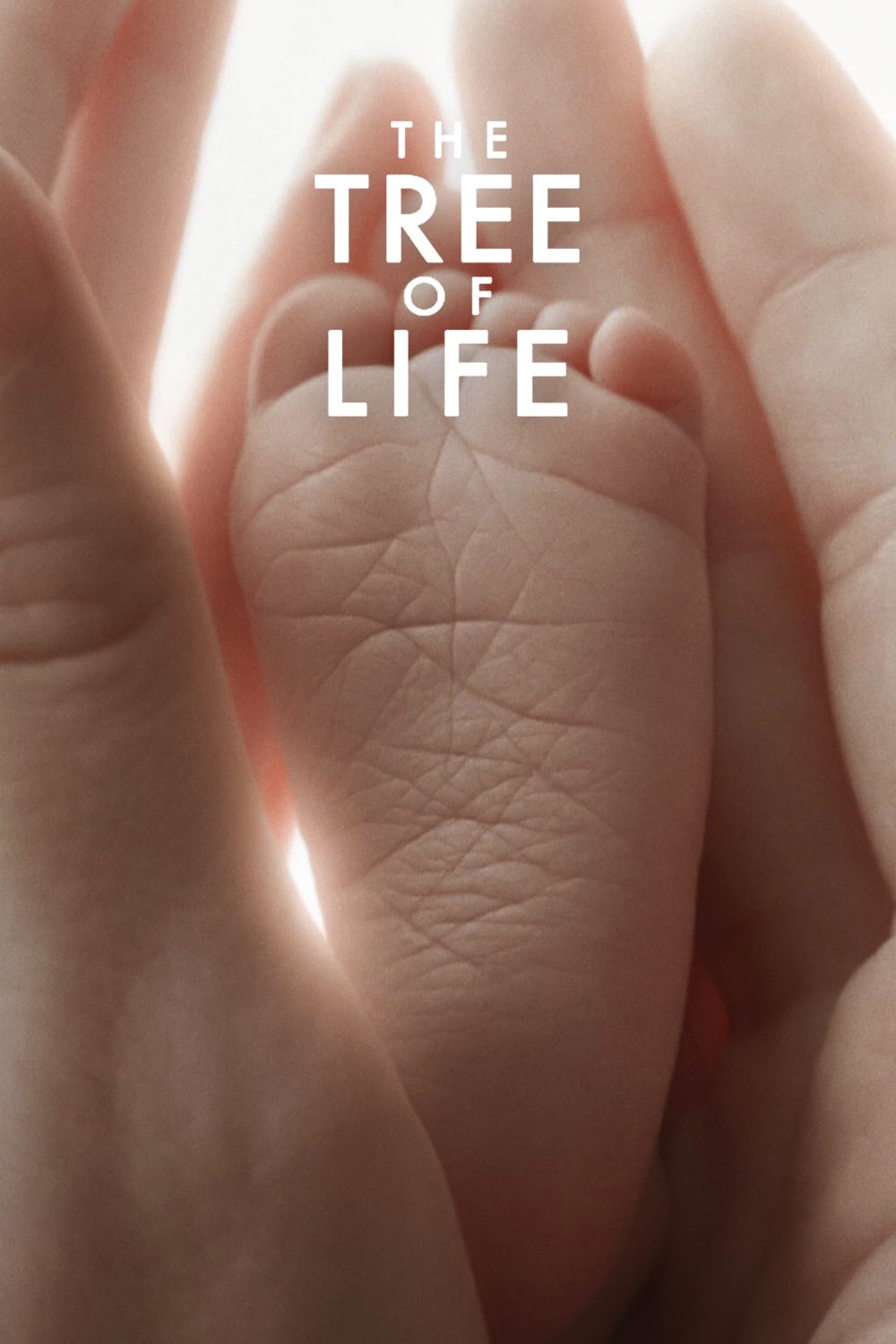
Some viewers walked out because the movie was slow-paced and featured long stretches without much conversation. The film switches between scenes of family life and stunning, otherworldly visuals, which caught many regular moviegoers off guard. Smaller, independent cinemas even posted signs asking audiences to be patient and fully engage with the film. While the movie later received awards, opinions remained divided about its unique style.
‘Titane’ (2021)
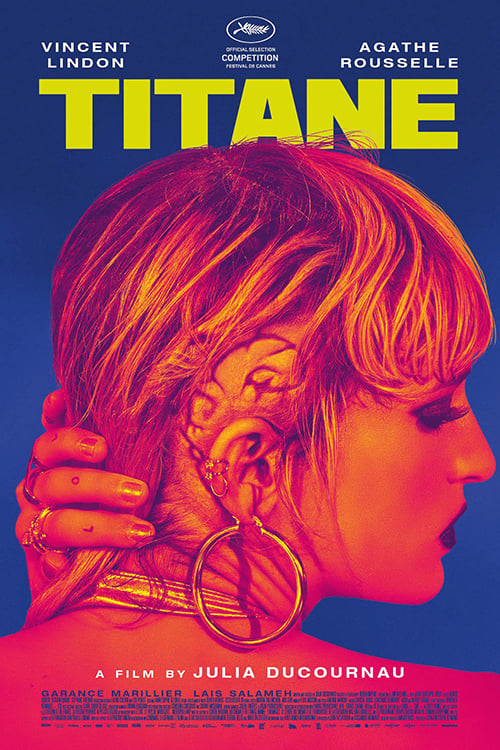
Early showings of the film caused some viewers to faint or leave the theater during scenes depicting body modification and surgery. While the film combines crime and family drama, its unconventional nature surprised audiences who anticipated a typical genre film. It received awards from film festivals, sparking increased interest and discussion. When released in theaters, the film included strong warnings about its disturbing content.
‘Bone Tomahawk’ (2015)
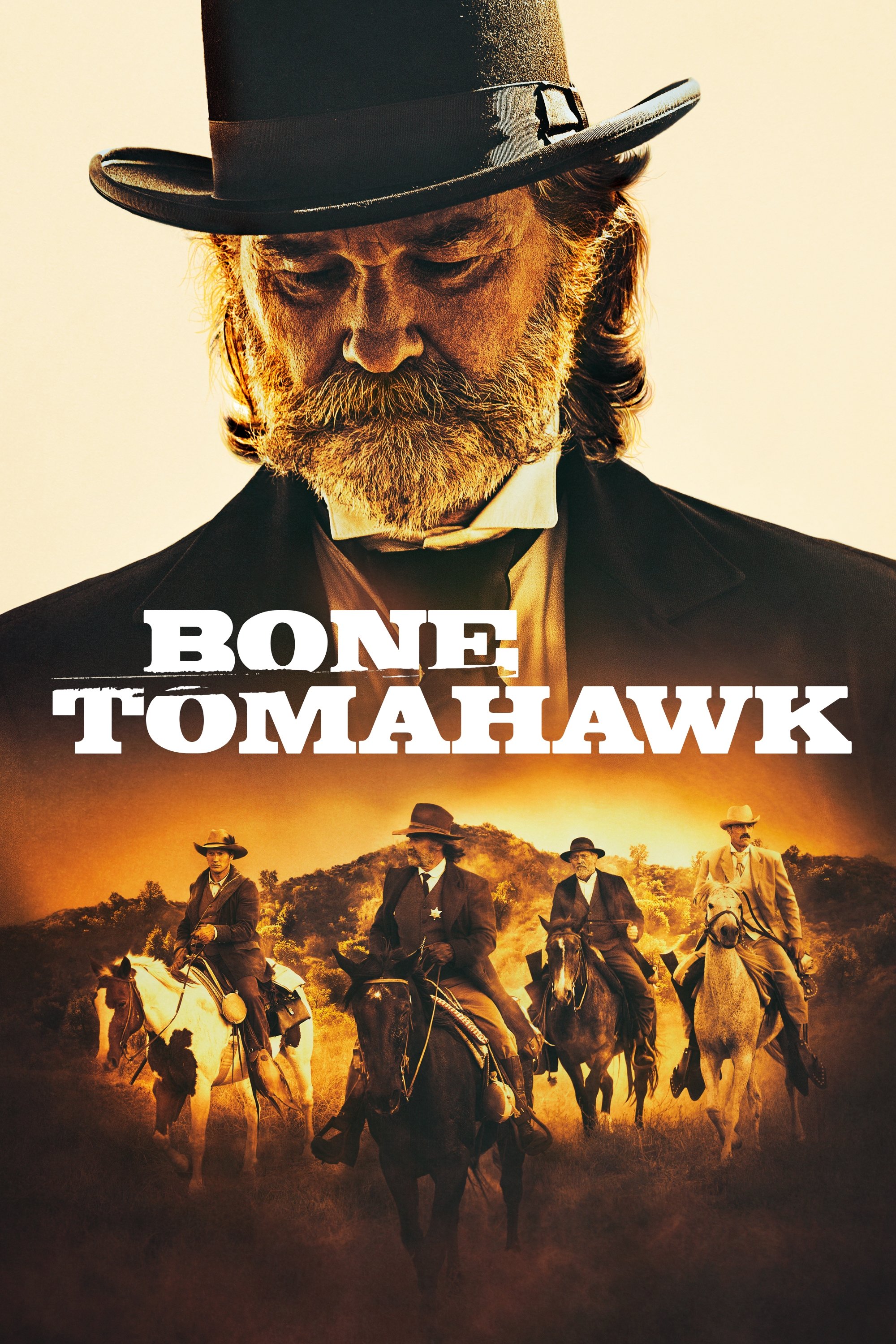
What began as a classic tale of frontier rescue quickly descended into a shockingly violent survival story, with one particularly gruesome scene causing some viewers to walk out. Initially, the film gained attention for its deliberate, slow pace that unexpectedly explodes into intense brutality. It found its audience through late-night showings in smaller cinemas and eventually became recognized as a modern cult classic within the western genre.
‘The Blair Witch Project’ (1999)

The film’s shaky camera style and confusing plot made some viewers feel motion sick and leave the theater. A clever marketing campaign intentionally mixed reality with fiction, attracting audiences who weren’t ready for such an unconventional experience. Though midnight screenings were packed, ushers noted a constant stream of people leaving early. Ultimately, the film’s success changed how low-budget movies were released and promoted for years to come.
Tell us the wildest walkout you witnessed or heard about in the comments.
Read More
- Bitcoin’s Ballet: Will the Bull Pirouette or Stumble? 💃🐂
- Can the Stock Market Defy Logic and Achieve a Third Consecutive 20% Gain?
- Dogecoin’s Big Yawn: Musk’s X Money Launch Leaves Market Unimpressed 🐕💸
- Deepfake Drama Alert: Crypto’s New Nemesis Is Your AI Twin! 🧠💸
- LINK’s Tumble: A Tale of Woe, Wraiths, and Wrapped Assets 🌉💸
- SentinelOne’s Sisyphean Siege: A Study in Cybersecurity Hubris
- XRP’s Soul in Turmoil: A Frolic Through Doom & Gloom 😏📉
- Binance’s $5M Bounty: Snitch or Be Scammed! 😈💰
- Ethereum’s $140M Buy: Will It Save Us? 😱
- ADA: 20% Drop or 50% Rally? 🚀💸 #CryptoCrisisComedy
2025-11-13 12:17